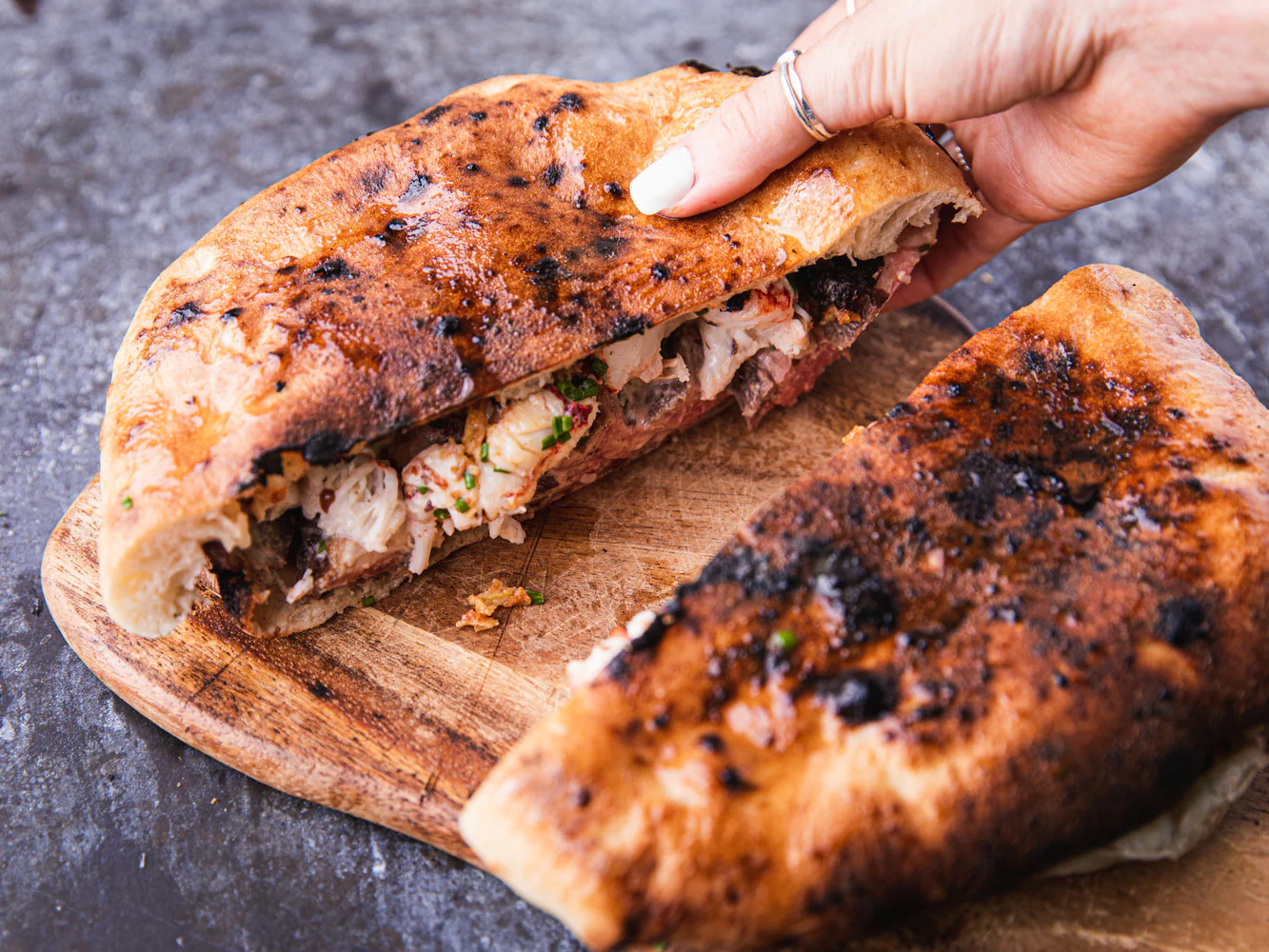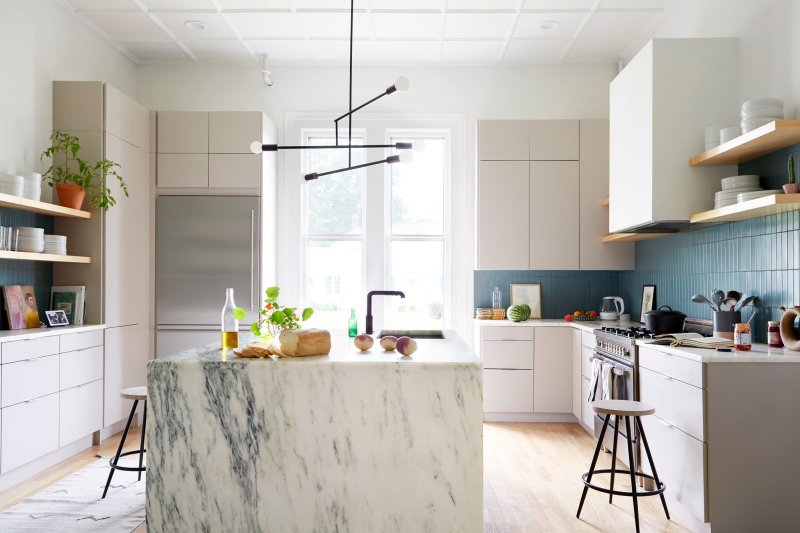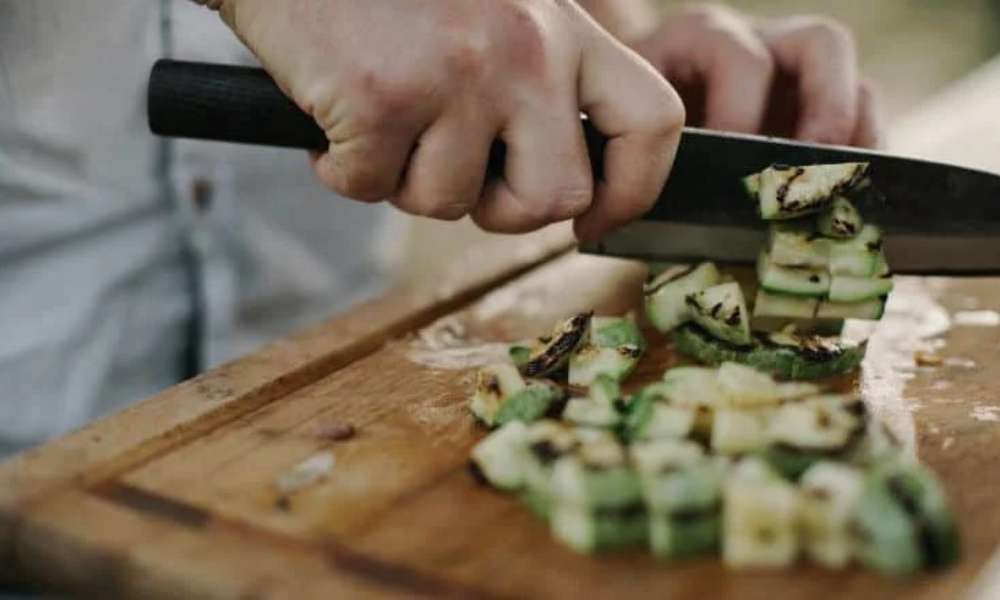Introduction
Pizza is a great food. It’s cheap, easy to make, and it can be customized in so many ways. So why do people usually eat pizza from the box? The answer is simple: ovens are expensive! But now that we know how to cook pizza at home on an electric stove or grill, there’s no reason not to try making one yourself. If you want better results than what a box can give you (like crispy edges instead of soggy ones), then let us show you how!
Pizza Dough Oven Formula
If you’re looking for a recipe that’s easy to follow, this one is for you. The ingredients are simple and the process is straightforward. A word of warning: do not try to make your own pizza dough in your home oven unless it’s large enough to fit the entire pan of dough in at once (or if you have an industrial-sized pizza oven).
The first step is putting together some basic starter dough using flour, yeast, salt and water (or other liquid). This will be used later as part of a larger batch when making multiple pizzas at once!
Baking Your Pizza in the Oven vs. In the Pizza Box
When it comes to baking your pizza in the oven versus using a box, there are some things you should know.
- Ovens are faster than boxes. Baking your pizza in an oven can be done much faster than having it baked in a box because of their size and their ability to heat up quickly.
- Ovens have more consistency. Boxes tend to have hot spots where they could get hotter than others on the inside or outside depending on how they’re designed and built, which can lead them to cook unevenly—or not at all! If you want an even bake across all sides of each slice of breaded crust or cheese-topped pie crust, then only use ovens for this purpose (unless you have one dedicated specifically for pies).
- Ovens are better for baking multiple pizzas at once since most models include racks that allow multiple pizzas at once without stacking them one over another; some models even come with preheated trays inside so that several pies can be cooked simultaneously without having any sticking issues whatsoever!
How to Layer a Pizza in the Oven for Different Results
There are three ways you can layer a pizza in the oven:
- Use a pizza peel. A peel is a long, flat piece of metal that protects your hands from heat and burns when you’re handling hot pies. It’s also great for spreading out toppings evenly without any mess or spills!
- Use a stone or brick (or both). These are similar to peels, except they’re made from solid material instead of thin metal sheets—and this makes them more durable as well as easier to clean up if something gets on them accidentally during cooking! You can buy either one at most kitchen stores or online; just make sure it’s large enough so all twelve slices fit snugly together without overlapping each other too much.”
How To Cook Pizza On a Gas Grill or Charcoal Grill
You can use a gas grill to make pizza on the grill. The following tips will help you to get the most out of your gas grill:
- Preheat the grill for at least 15 minutes before making pizza. If possible, set up an additional cooking area in case there’s extra food that needs to be cooked (such as wings or burgers).
- Use a pizza stone or heavy cast iron skillet as an alternative to using parchment paper when cooking pizza. This will give your crust crispy edges and prevent it from getting soggy by adding moisture from all that butter drippings! Plus if it sticks then use cornmeal instead of flour which is what I prefer because it gives me more control over how much melanoidin gets added into my dough mixture.”
If you’re making pizza, you should make it with an oven!
If you’re making pizza, you should make it with an oven.
Pizza ovens are better than pizza boxes. They’re easier to clean and much more efficient at cooking your favorite type of crust—thin or thick, deep dish or regular pie, square or round.
The most important thing about using a pizza oven is that it has its own heat source (usually gas) and venting system that allows for even distribution of heat throughout the entire oven cavity so that all slices get cooked evenly from edge to edge without burning on any part of their surface area before they’re fully baked through at 400°F/200°C degrees inside an enclosed space without being exposed directly onto hot surfaces near them (like when someone opens their door).
This feature also makes cleanup much faster since there’s no need for dishwashing after each use because nothing gets stuck into crevices between pans which can cause buildup over time due entirely too those places where food goes where none should go ever again after its initial use has run out.”
Conclusion
If you want to make a delicious pizza at home, you should start with this recipe. It’s easy and versatile. You can use it with any type of dough or toppings that you think would taste amazing on top of your pizza!



